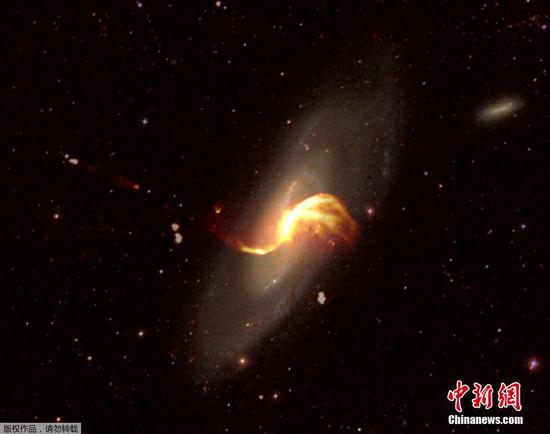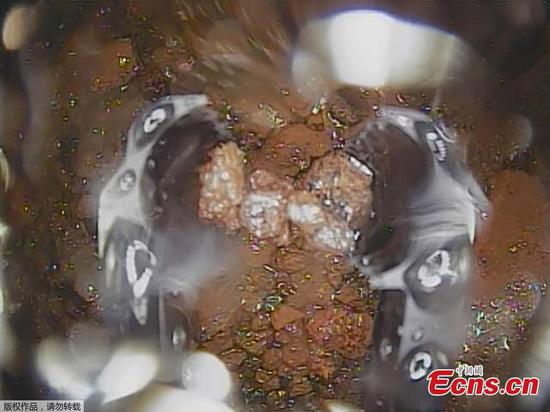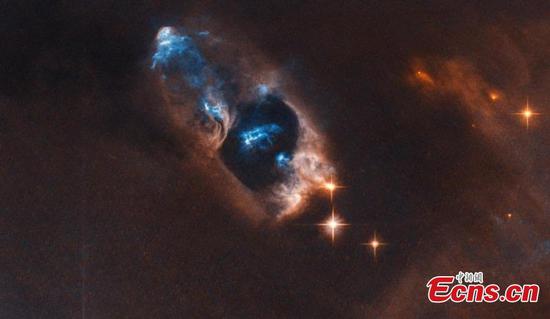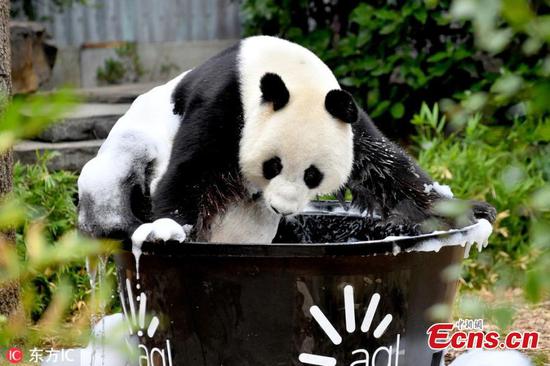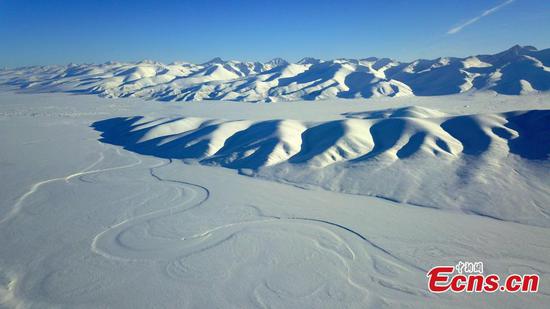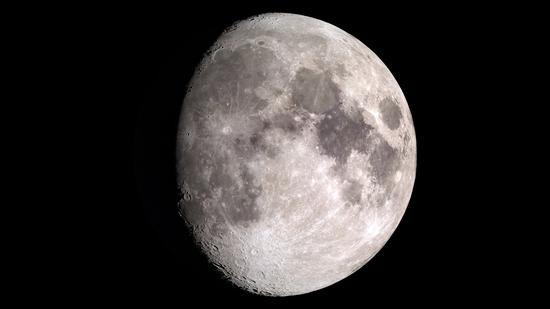
Credit: NASA / Ernie Wright
NASA scientists have described a chemical process to produce ingredients of water on the surface of the moon, using lunar elements and the solar wind.
NASA said Wednesday that its scientists simulated a chemistry using computer program, showing when a stream of charged particles known as the solar wind pelted electrons in the lunar surface at a speed of 450 kilometers per second, they interacted to make hydrogen atoms, a key element of water.
The hydrogen atoms could migrate through the surface and latch onto abundant oxygen atoms bound in the silica in the lunar soil, turning into hydroxyl molecule, a component of water, according to NASA.
"Every rock has the potential to make water, especially after being irradiated by the solar wind," said William Farrell, a plasma physicist at NASA's Goddard Space Flight Center.
NASA scientists measured the chemical components of water on the moon as they are going to put humans there in a permanent presence.
The team led by Orenthal James Tucker, also a physicist at Goddard, traced the life cycle of hydrogen atoms on the moon and supported the assumption that the solar wind is the primary driver for the chemical reactions.
The study has shown that as solar wind continually blasts the moon's surface, it breaks the bonds among atoms of silicon, iron and oxygen that make up the majority of the moon's soil, leaving oxygen atoms with unsatisfied bonds to be hinged with hydrogen.
"The mechanism behind this chemical factory could reveal how should we find water building blocks," NASA quoted the scientists as saying.
There may be less hydrogen in warmer regions like the moon's equator, because hydrogen atoms deposited there get energized by the sun and run away into the exosphere. So water is more likely to have been produced near the poles, according to NASA.
Farrel said, the study showed that every exposed body of silica in space had the potential to create water, an invigorating piece of news for human's deep space exploration.

















